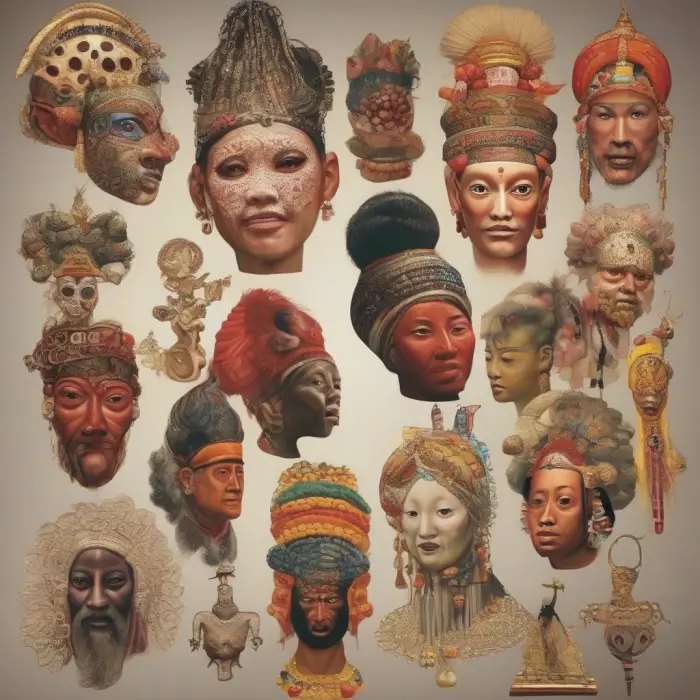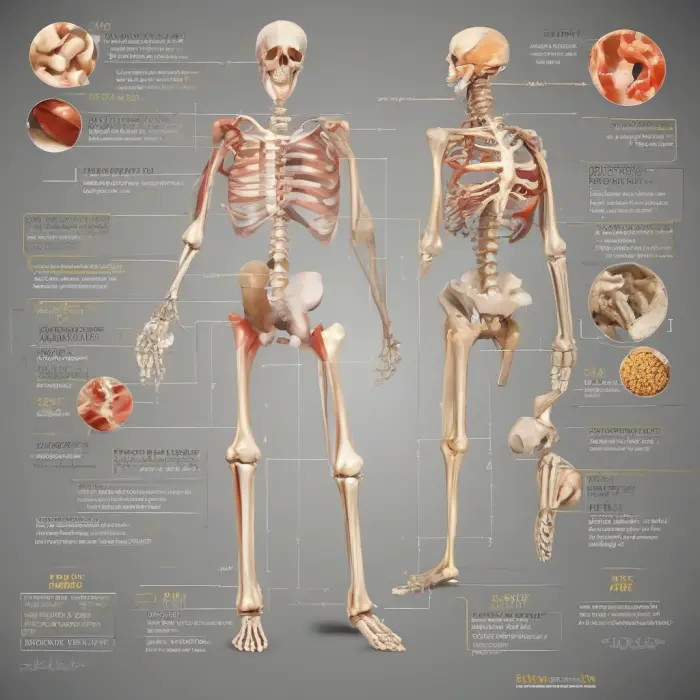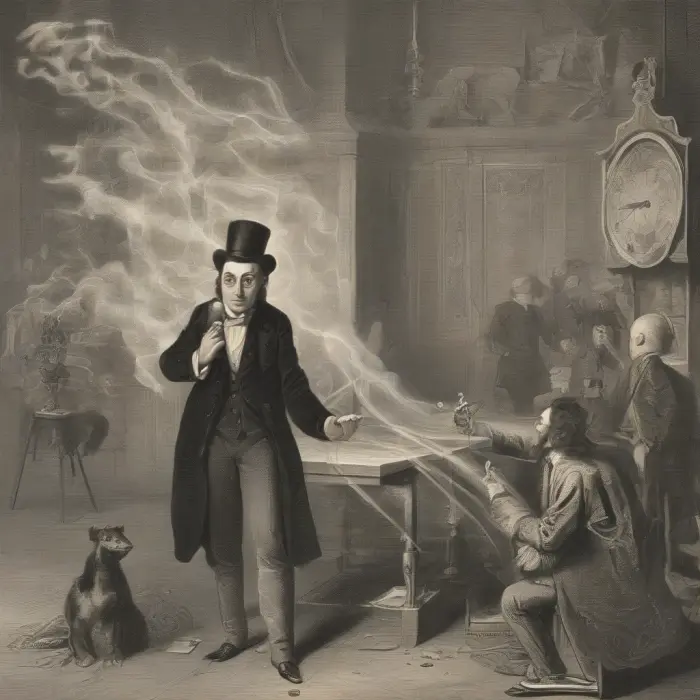Intriguing Facts About the Origins of Human Languages
The origins of human languages have always been a subject of immense fascination and mystery. Through the centuries, linguists, anthropologists, and historians have devoted extensive research efforts to shed light on how our languages have evolved over time. Despite the complexities involved, some intriguing facts have surfaced about the roots of human languages, which present fascinating insights into our shared history.
1. The Mother Tongue: Proto-Indo-European
The Proto-Indo-European (PIE) language is often considered the single mother tongue from which many languages originated. Linguists discovered that a significant number of languages spoken in wide-ranging regions, from Iceland to India, share certain linguistic features, suggesting they come from a common source. Words like 'mother', 'father', and numbers have striking similarities across these languages.
2. The Oldest Recorded Languages
Some of the oldest written languages include Sumerian, Egyptian, and Chinese. However, written records only provide evidence of a language's existence and does not indicate when it was first spoken. The intricacy of these ancient scripts indicates that they evolved from even older forms of communication.
3. The Tower of Babel
One famous Biblical story hypothesizes about the diversity of languages. According to the tale of the Tower of Babel, humans originally spoke just one language. When they attempted to build a tower reaching up to heaven, God was displeased and decided to confound them by making them speak different languages, so they could no longer understand each other.
4. Monogenesis versus Polygenesis Theories
While nobody knows for sure how many languages there were at the beginning of human history, theories range from monogenesis, the theory that there was only one original language, to polygenesis, the idea that there were many. Both theories have supporting evidence but neither has been proven conclusively.
5. The Evolution of Languages
Just as species evolve through mutation and natural selection, languages too evolve over time. Small changes in pronunciation, vocabulary, and syntax may accumulate over generations. These changes can eventually lead to dialects, and finally, completely new languages.
6. The Role of Conquest and Trade
Language's evolution is not only influenced by time but also by human interaction. History demonstrates that trade and military conquest play significant roles in spreading languages. The spread of Latin through Europe during the Roman Empire and the worldwide dispersal of English through British colonialism are prime examples of this phenomenon.
Conclusion
Language, with its rich tapestry of sound, syntax, and meaning, is one of the defining features of being human. Its origins are complex and often lost in the mists of prehistory, but the clues we have unravel an intriguing narrative about our shared past. By continuing to study this remarkable human invention, we deepen our understanding of who we are and how we connect with one another.










